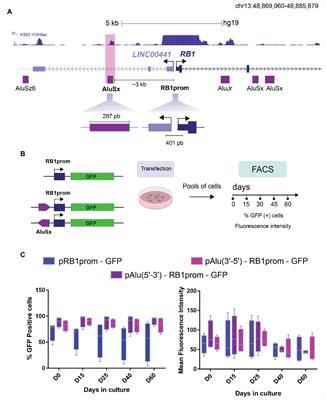EDITORIAL
Published on 11 Aug 2021
Editorial: Chromatin Spatial Configuration and Function in Metazoans
doi 10.3389/fgene.2021.734981
- 1,265 views
29k
Total downloads
160k
Total views and downloads
EDITORIAL
Published on 11 Aug 2021
REVIEW
Published on 06 Apr 2021
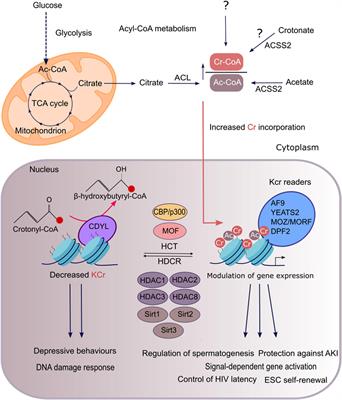
REVIEW
Published on 10 Mar 2021
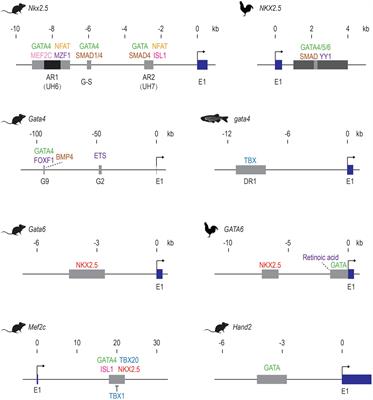
MINI REVIEW
Published on 07 Dec 2020
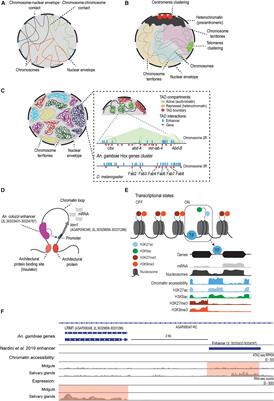
MINI REVIEW
Published on 30 Nov 2020
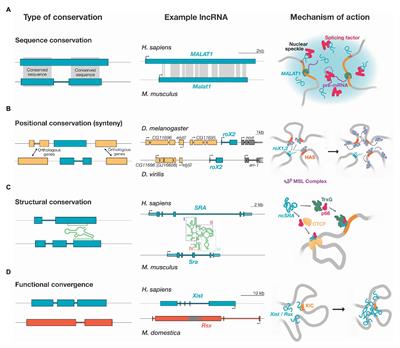
REVIEW
Published on 03 Nov 2020
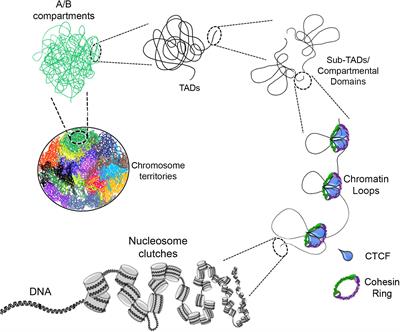
PERSPECTIVE
Published on 27 Oct 2020
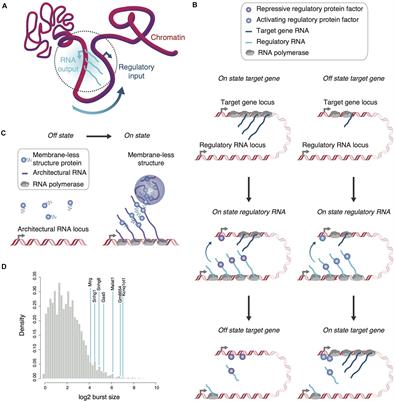
REVIEW
Published on 23 Oct 2020

REVIEW
Published on 15 Oct 2020
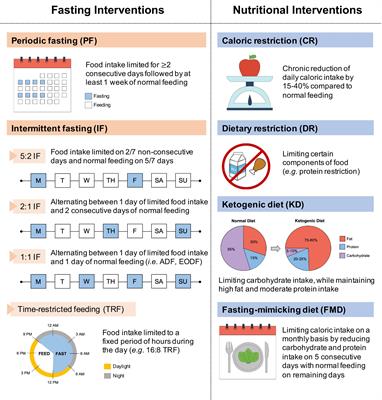
REVIEW
Published on 18 Sep 2020
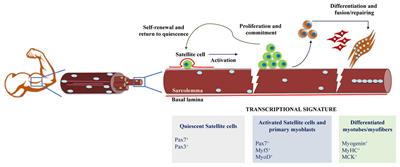
MINI REVIEW
Published on 18 Sep 2020

ORIGINAL RESEARCH
Published on 31 Aug 2020
